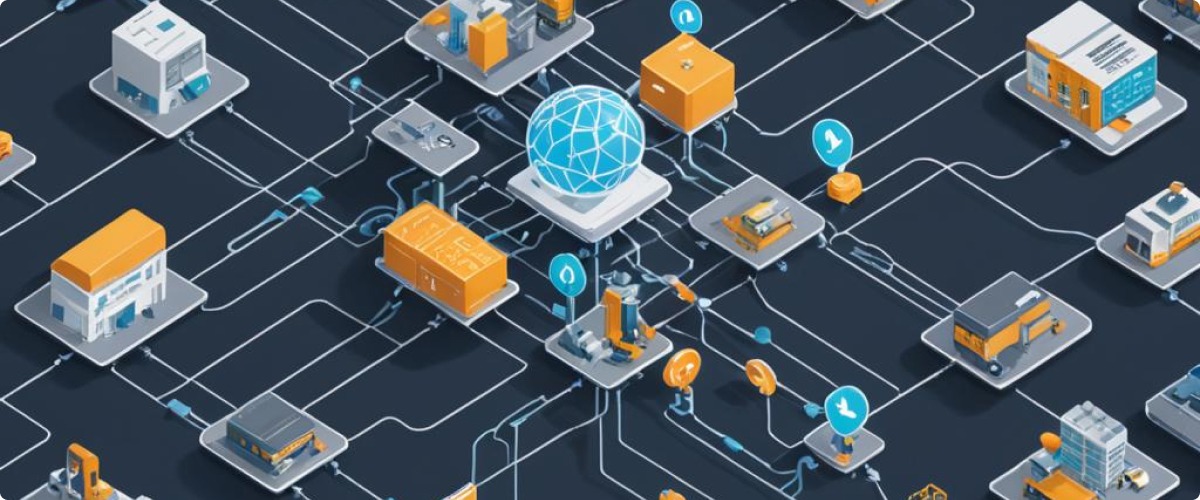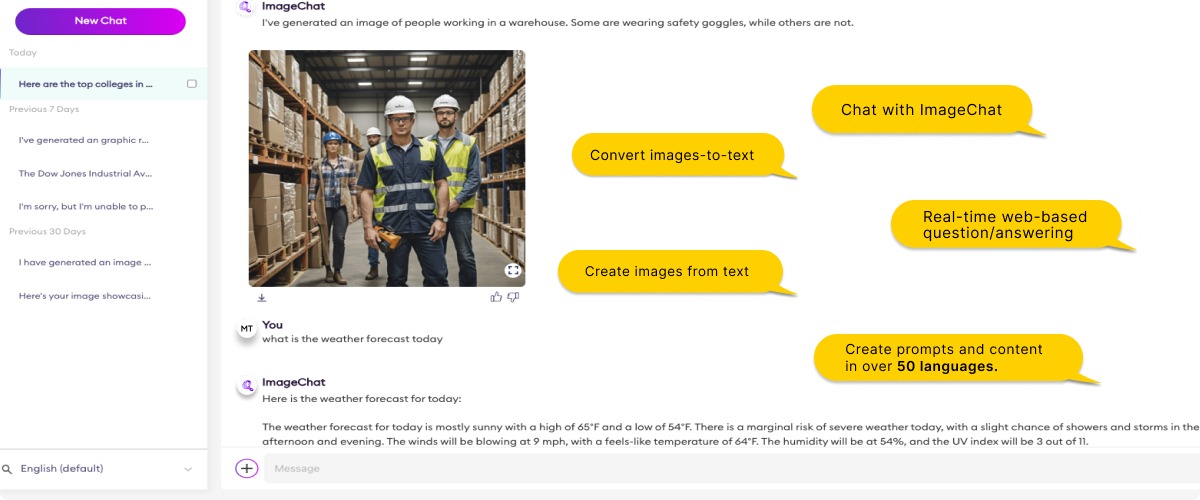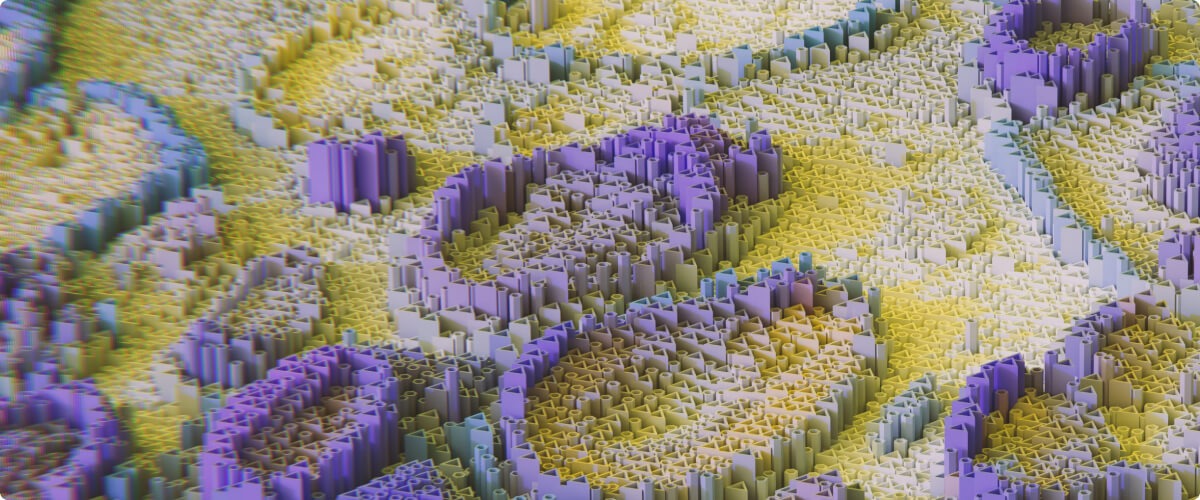Picture a world where machines can not only see but also describe what they see in a way that is insightful and relatable to humans. This is the world we are stepping into, thanks to the confluence of two of the most groundbreaking technologies in artificial intelligence: Large Language Models (LLMs) and Computer Vision.
Over the years, computer vision has empowered machines to comprehend images and videos, facilitating capabilities like object detection, image classification, pattern recognition, and situational analysis. At the same time, large language models have allowed machines to understand and generate human-like language. These two areas are beginning to intersect, holding immense potential for enterprises across industries.
Let’s delve into the developments in computer vision technology, the role large language models play, and how their integration accelerates next-gen AI use cases across various industries.
The evolution of computer vision and its role in enterprises
At its core, computer vision equips machines to perceive and interpret visual data like the human eye. By processing images and data using trained models of neural networks and utilizing cameras as sensors, computer vision models can identify objects, actions, and discern patterns to help provide insights for making more informed data-driven decisions. This ability to provide actionable insights has enabled advancements like facial recognition, autonomous vehicles, and image-based diagnostic systems.
Different types of Convolutional Neural Networks (CNNs) and Deep Learning frameworks have played a crucial role in their evolution.
- Convolutional Neural Networks
CNNs simplify images into a matrix of pixels, assigning mathematical values to each pixel. When multiplied with different filters, these values help identify various concepts within an image. While CNNs have been pivotal in computer vision, newer techniques like Vision Transformers are emerging, promising to elevate the field further. - Deep Learning
Deep Learning, a subset of machine learning, utilizes neural networks with several layers (hence, ‘deep’) to process data and make predictions. This technology has transformed computer vision, enabling more sophisticated image processing and recognition tasks.
With the rise in high compute devices, like GPUs and next-gen CPUs, businesses are pushing AI closer to where data is acquired. This approach, known as edge computing, is empowering businesses to deploy intelligent systems that can monitor and gather critical information in real time. These computer vision models simplify decision-making, boost productivity, and reduce losses by eliminating the complexities associated with manual visual data processing.
The intersection of large language models and computer vision
While computer vision is already revolutionizing many industries, integrating it with large language models can take its capabilities several notches higher. The goal is to teach these machines to see and generate human-like language and respond to textual prompts. As a result, providing more detailed insights about the visuals and video streams.
Integrating large language models with computer vision allows operators to query, using text prompts, an infinite number of video streams at the same time with natural language, enhancing computer-to-computer (C2C) interactions.
This transformative combination can:
- Allow computers to comprehend visual information similarly to how the human brain processes it.
- Facilitate quick human responses to information based on previously impossible insights.
Impact of large language models and computer vision on different industries
The combination of large language models and computer vision is poised to impact various industries significantly.
Let’s examine a couple of them:
- Context-aware security:
The combined capabilities of large language models and computer vision can revolutionize surveillance systems. They can detect an intruder and generate a comprehensive report detailing the incident, accelerating threat response times, and significantly enhancing security. - AI-powered precision in healthcare:
The synergy between large language models and computer vision can bring about radical changes to diagnostic procedures. While advanced computer vision can analyze medical images, large language models can correlate these findings with patient history and medical research, delivering comprehensive diagnostics, and potential treatment options. This powerful combination can accelerate diagnostics, improve accuracy, and minimize human error and bias. - Automated inventory management:
Retailers can use the combination of LLMs and computer vision for automating their inventory management systems. Cameras equipped with computer vision can scan shelves and identify items, noting their placement and quantity. The data captured by these cameras is then processed by an large language model, which generates detailed inventory reports, provides restocking alerts, and even assists in forecasting future inventory needs. - Manufacturing quality control:
Manufacturers are utilizing computer vision to identify product defects on assembly lines. Coupled with a large language model, these systems can provide detailed reports on the defects’ nature, frequency, and potential causes. Better insights into the QA enables the manufacturer to take targeted action to improve product quality and efficiency.
Looking forward: LLMs and computer vision as AI’s next milestone
Until now, AI solutions have largely been segregated based on their computational power, use case needs, algorithm designs, and data type requirements for model training. However, the demand for multi-modal solutions that deliver targeted business value and address as many adjacent needs as possible is rising. Integrating large language models and computer vision is a step in this direction, bringing us closer to realizing the dream of a highly competent digital assistant.
The integration of large language models and computer vision is heralding the advent of next-gen AI technology, where machines are trained to see and tell us what they see. For organizations, the convergence of these technologies facilitates the classification of enterprise data, generates prompts for specific visual content, and provides customized insights for actionable decision-making.
The time is ripe for businesses to leverage computer vision solutions incorporating large language models for generative AI capabilities. The benefits are manifold – decreased operational costs, reduced manual operations, and the elimination of the need for expensive and manual data and machine learning processes.
The possibilities are endless as we stand on the cusp of this exciting intersection of technologies. The fusion of large language models and computer vision is not just a novel development in the AI landscape; it’s a leap toward a future where machines can understand our world in ways, we’ve only dreamed of until now. Learn more about the benefits of generative AI with computer vision.













